New Discovery Reveals Animals With A ‘Sixth Sense,’ Shifting Evolutionary Beliefs

Scientists have made an amazing discovery about how some animals can sense things we humans can’t. Geckos, those little lizards that climb walls, actually have a special way of hearing through their skulls and feet!
This finding is changing what we thought we knew about how animal senses evolved over millions of years.
1. The Surprising Role Of The Gecko’s Saccule
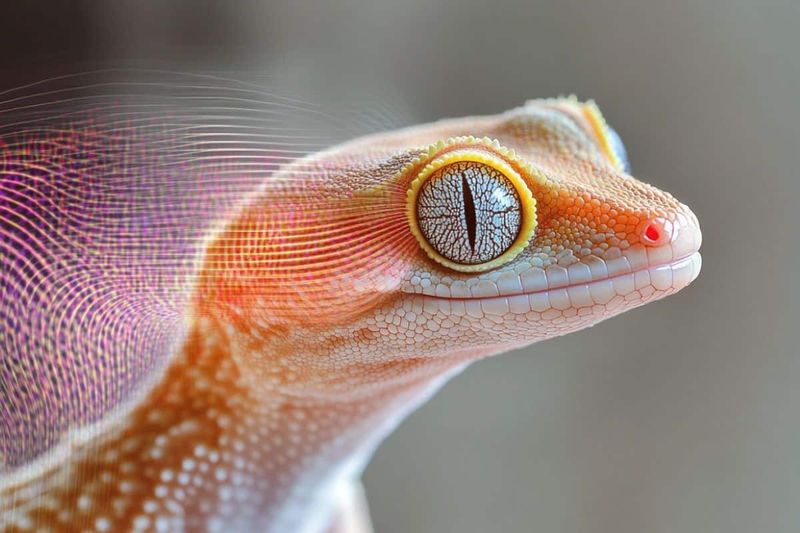
Hidden inside a gecko’s inner ear lives a tiny structure called the saccule. Usually just for balance in most animals, this little powerhouse doubles as a sound detector in geckos!
Researchers found it responds to ground vibrations that travel up through their legs. This dual-purpose organ challenges everything we thought about reptile sensory systems.
2. How Geckos Detect Vibrations Through Their Skulls

Imagine feeling music through your head bones! Geckos can actually pick up vibrations directly through their skulls, bypassing ears completely.
This superpower lets them detect predators and prey from far away. Scientists discovered this by accident while studying how these tiny reptiles process sound information.
3. Why Tokay Geckos Hear What We Can’t
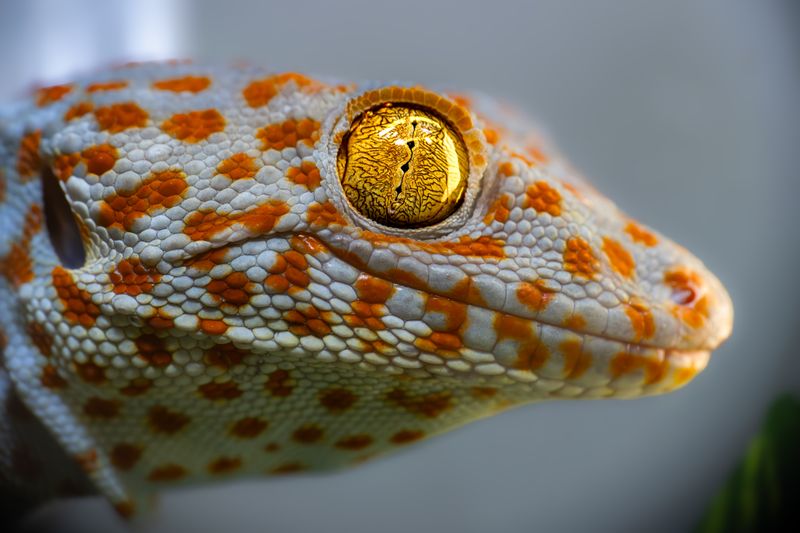
While humans hear sounds between 20Hz-20,000Hz, tokay geckos tune into ultra-low frequencies below 10Hz – sounds too deep for our ears!
These rumbling vibrations travel through soil and solid surfaces. Sensing these basement notes gives geckos advance warning of approaching animals, even when they can’t see them coming.
4. Ground Vibrations As A Secret Communication Channel

Foot-tapping isn’t just for humans! Geckos communicate through subtle ground vibrations, creating a secret language invisible to many predators.
Males stamp their feet in specific patterns during mating displays. Females detect these rhythm codes through their sensitive leg bones and saccule, creating a private dating network beneath our notice.
5. Evolutionary Assumptions Now Under Fire

For decades, scientists believed advanced hearing evolved just once in vertebrate history. Gecko research blows this theory apart!
These reptiles developed vibration sensing completely independently from mammals. This parallel evolution suggests nature found multiple solutions to the same problem, forcing textbooks to be rewritten on sensory development.
6. Two Sound Channels In One Tiny Reptile
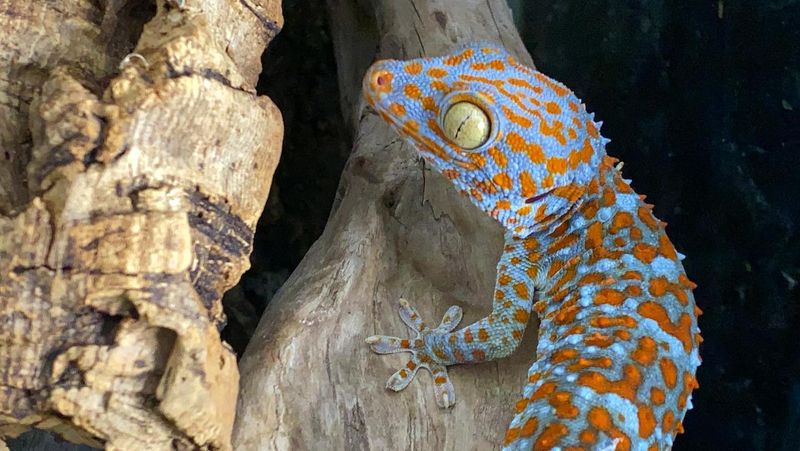
Like having both Bluetooth and wired headphones, geckos possess two completely separate hearing systems! Airborne sounds enter through traditional ear openings, while ground vibrations travel through their bodies.
This dual-channel setup gives them 360° awareness of their surroundings. They process these different information streams simultaneously in specialized brain regions.
7. What A Gecko’s Balance Organ Can Really Do
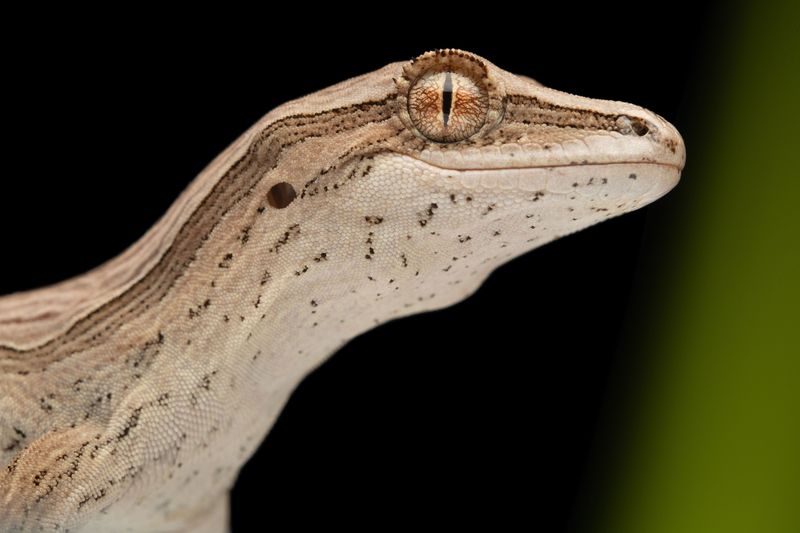
Talk about multitasking! The saccule in a gecko’s inner ear juggles two completely different jobs at once.
Maintaining balance was always its known function, but research reveals it’s also processing complex vibration patterns. Specialized hair cells inside this tiny organ can distinguish between random noise and meaningful signals, like an animal approaching.
8. The Low-Frequency World Geckos Tune Into
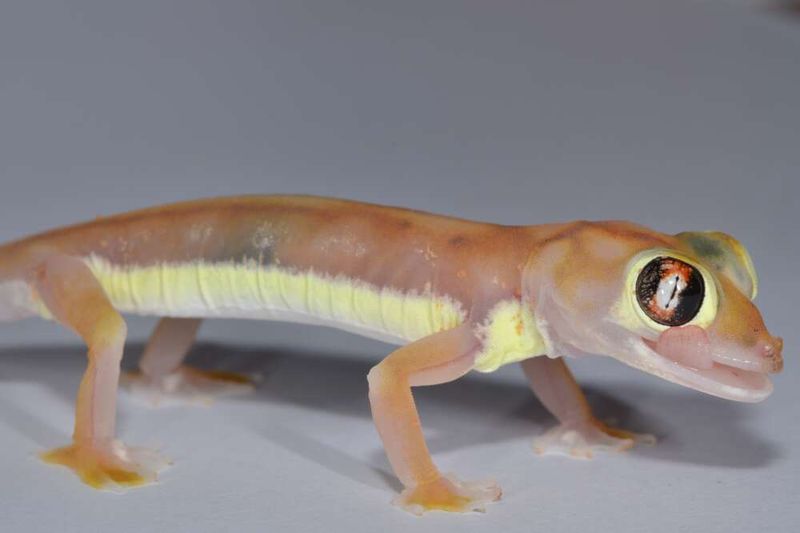
Beneath our noisy human world exists a hidden soundscape of rumbles and tremors that geckos navigate effortlessly. Every footstep, landslide, or rustling branch creates vibrations through solid materials.
Geckos essentially “hear” these movements through their bodies. Their heightened sensitivity lets them detect an insect walking several feet away through pure vibration alone.
9. Rethinking Reptile Senses After New Study

Reptiles were long considered the sensory simpletons of the vertebrate world. The gecko discovery shatters this misconception completely!
Their complex vibration-sensing abilities rival mammalian hearing in sophistication. Scientists now wonder what other hidden sensory superpowers might exist across the reptile family tree, sparking a research renaissance in cold-blooded creatures.
10. Geckos May Feel Sound Through Their Feet

Those sticky toes aren’t just for climbing! A gecko’s famous foot pads double as supersensitive vibration detectors.
Specialized cells in their toe pads pick up minute surface movements. The same adaptation that helps them stick to walls also transforms their feet into biological seismographs, constantly monitoring the world around them through touch.
11. This “Sixth Sense” Was Hiding In Plain Sight

Scientists observed geckos responding to vibrations for years without realizing what was happening! The breakthrough came when researchers isolated the saccule’s response.
By blocking traditional hearing pathways, they proved geckos could still detect approaching threats. This overlooked ability explains many mysterious behaviors previously attributed to vision or conventional hearing.
12. Why Scientists Are Rethinking Animal Hearing

Beyond geckos, this discovery opens exciting questions about other species! Frogs, snakes, and even insects might use similar vibration-sensing techniques.
Researchers are now testing animals previously thought to have limited hearing. Preliminary findings suggest many creatures perceive their environment through body vibrations in ways we’re just beginning to understand.
13. Reptile Hearing Is More Complex Than We Thought

Forget the old idea that reptiles have primitive ears! Gecko research reveals their hearing systems evolved sophisticated workarounds to detect prey and predators.
Their unique adaptation uses body parts mammals abandoned during evolution. This different-but-equally-effective approach shows nature solving the same problem through multiple ingenious pathways.
14. What This Means For Evolutionary Science

The gecko discovery reshuffles our evolutionary timeline cards! Their vibration-sensing ability likely evolved independently from mammalian hearing, challenging the “single origin” theory.
This suggests sensory systems can emerge multiple times through evolution. Scientists must now reconsider how many times complex senses have independently appeared across Earth’s diverse animal kingdom.






